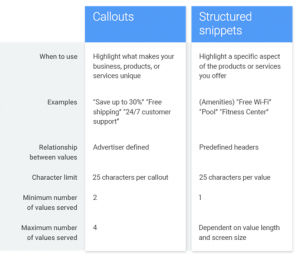
Cost cutting is a necessary part of running a successful business in the long term. When we cut costs intelligently, we make the company more profitable without sacrificing future growth.
But often it is difficult to determine what costs we should cut first. In order to prioritize the right costs, it is important to take a look at all the costs your company has today.
Rank them from highest dollar amount to lowest, then go through them line by line. For each line item, ask yourself a couple of questions:
- What impact does this activity have on current performance?
- What impact does this activity have on future performance?
- What impact would it have to remove this cost or make it smaller?
More often than not, you will find costs on your books that have little to no impact on current or future performance, which can be trimmed or cut out entirely without any loss in value for the customer.
Here is an example based on a recent client story:
An online seller of baked goods was seeing strong organic growth, and began spending some of their profits on Facebook ads. The ads effectively grew the number of new customers but the margins were so small that every dollar in new revenue went right back into the business. The owners were unable to take the kind of salary they wanted and had trouble paying to scale their baking operation.
It might have been easy to say use cheaper ingredients or stop investing in marketing. But both of those changes would likely have negative impacts on performance.
On analyzing the business, one thing that stood out was the cost of each shipment. The packaging they were using was expensive to buy and more expensive to ship than something smaller/simpler would have been. It was determined that a packaging change would have little impact on performance, so they shifted to something lighter and cheaper.
Margins increased overnight and over time the added profit was used to finance a new kitchen and added staff.
Business & Finance Articles on Business 2 Community(64)







